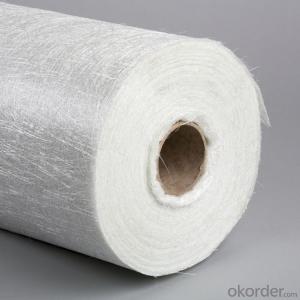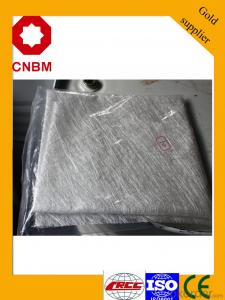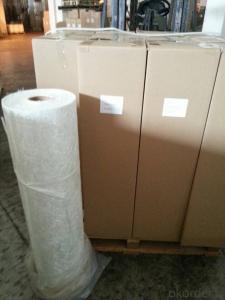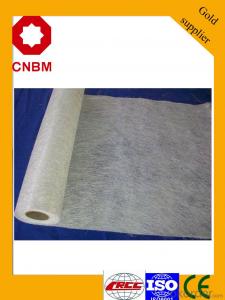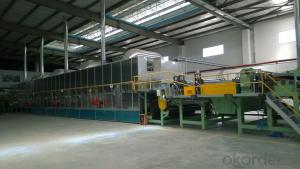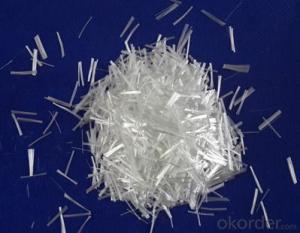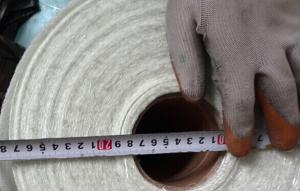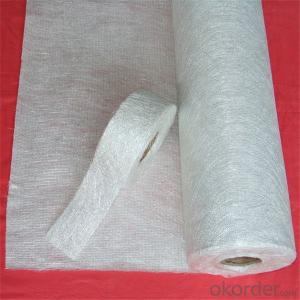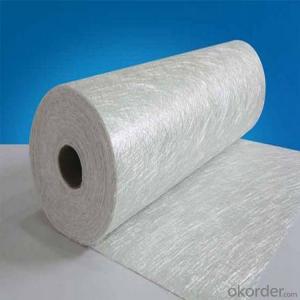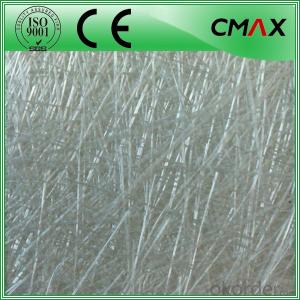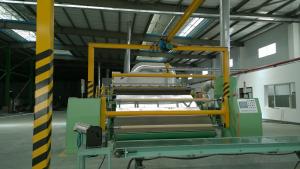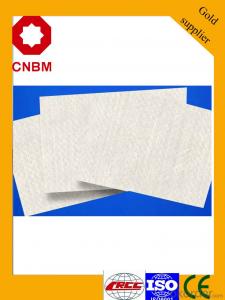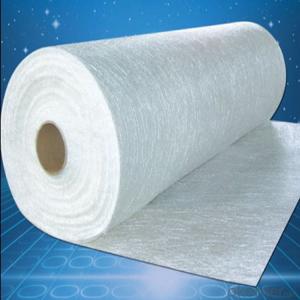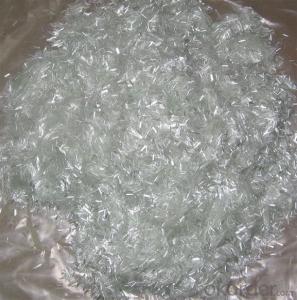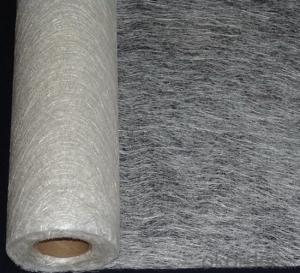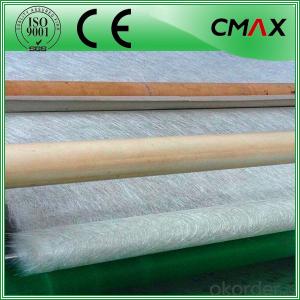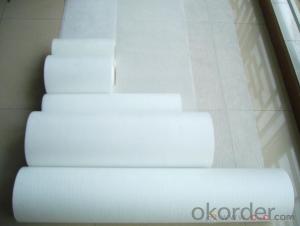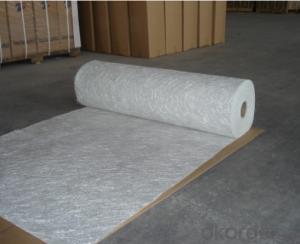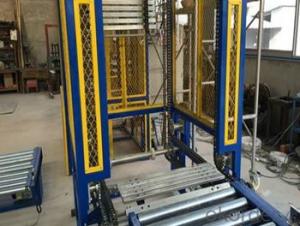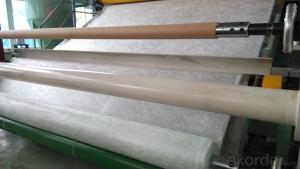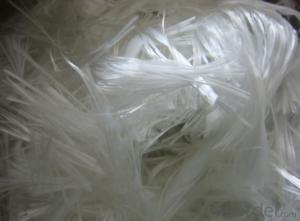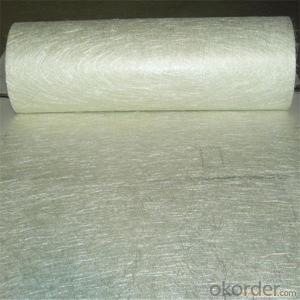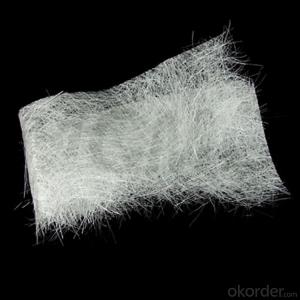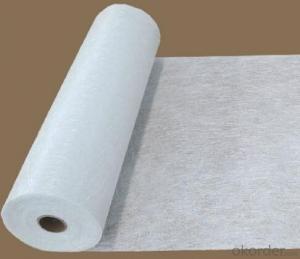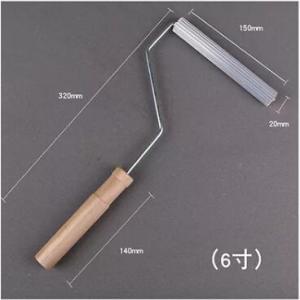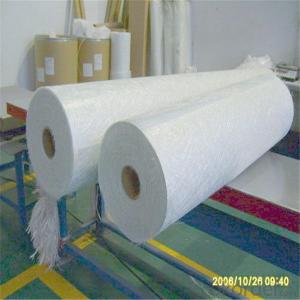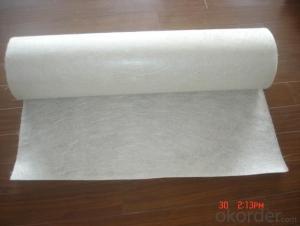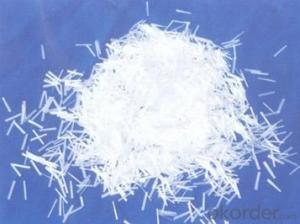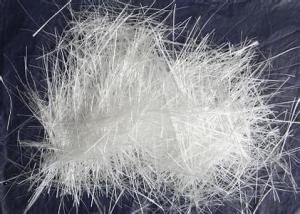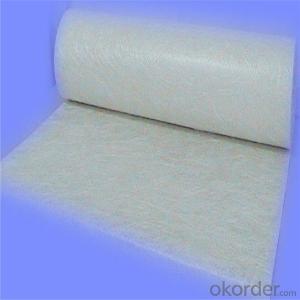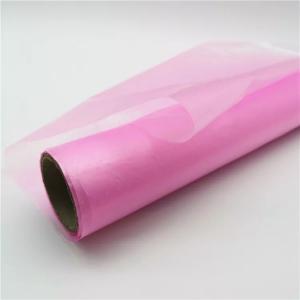B Grade Chopped Strand Mat
B Grade Chopped Strand Mat Related Searches
Fiberglass Chopped Strand Mat Chopped Strand Fiberglass Mat 300G/M2 E-Glass Chopped Strand Mat Zccy Fiberglass Chopped Strand Mat Chopped Strand Chopped Strand Fibreglass Concrete Fiberglass Chopped Strand Garage Work Mat Roll Out Mats Spaghetti Mat Wash Yoga Mat 18 Mm Plasterboard Esd Strap And Mat Tapered Iso Board Skirting Board Fit Over Existing 9Mm Plasterboard Plasterboard Props 6 Foot Round Dining Table Unbanded Scaffold Boards 5 Inch Bullnose Skirting Board 9 Inch Torus Skirting Board Latest Handmade Shaggy Mats Designs Pe Coated Board 8 By 4 Plasterboard Tapered Insulation Board Adjustable Table Angle Esd Table Mat Melamine Faced Hardboard 5 Foot Round Dining Table Jewsons Skirting BoardB Grade Chopped Strand Mat Supplier & Manufacturer from China
B Grade Chopped Strand Mat is a type of reinforced material that consists of randomly arranged glass fibers, which are then chopped into short strands and combined with a binder. These mats are known for their excellent mechanical properties and chemical resistance, making them suitable for a wide range of applications. This product is commonly used in various industries, such as construction, marine, and automotive, where it plays a crucial role in providing strength and durability to composite materials. It is particularly popular in the manufacturing of fiberglass products, where it serves as a key component in the production process. Okorder.com, as a leading wholesale supplier, offers a vast inventory of B Grade Chopped Strand Mat to cater to the diverse needs of customers worldwide. With their extensive range of products and competitive pricing, Okorder.com has established itself as a reliable source for purchasing high-quality B Grade Chopped Strand Mat.Hot Products

